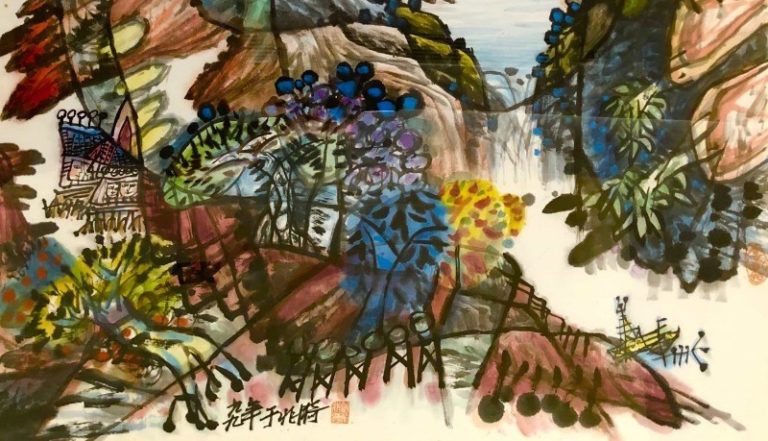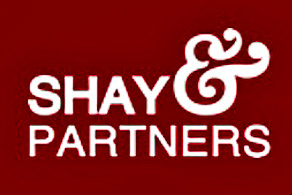
- Artist : Mr. Chau-yih Yu
Taiwan’s National Communications Commission (NCC) announced the six winners of the 4G spectrum license auction, which ended on Oct. 30 with unprecedented high bids being submitted.
The six winning operators announced by the NCC were:
• Chunghwa Telecom (CHT) — an incumbent, 2G and 3G operator. CHT is the winner of game. Although it had to dig deep into its pockets, the telecom firm took 35 MHz x 2. CHT secures B2 and C2 bands, which it uses for 2G services, and additionally the C5 band. CHT is likely to be the first 4G service provider in Taiwan by the end of 2014 because it is the only operator that has clean bands for deployment and therefore there will be no delays caused by negotiations to swap spectrum.
• Taiwan Mobile — an incumbent, 2G and 3G operator. The company won the A4 and C1 bands (currently used by FarEastone for 2G services);
• FarEastone (FET) — an incumbent, 2G and 3G operator. FET won A2, C3 (used by FET) and C4 (currently used by Taiwan mobile). FET and Taiwan Mobile would have to negotiate for a band switch, subject to the NCC’s approval;
• Asia Pacific Telecom (APT) — an incumbent, 3G operator. APT will be switching to A1 by end of 2018 from B1, which it currently uses;
• Ambit Microsystems Corporation — a fully owned subsidiary of Foxconn. Ambit Microsystems won the A3 and B3 bands, which are currently used for 2G services operated by CHT, Taiwan Mobile and FET; and
• Taiwan Star Cellular Corporation — a shell company created by Joseph Lee, the former general manager of Taiwan Mobile. His management team were joined by the Ting Hsin Group before close of the auction submission date. While in the process of bidding, Joseph Lee’s team quit and the Ting Hsin Group took full control of this vehicle. Ting Hsin Group is famous for its popular instant noodle market in China and has been active in Taiwan recently for heavy investment in the residential real estate market.
From the six awarded winners, the government will receive a total of TWD118.65 billion (USD4.03 billion) — 2.3 times more than the base price of TWD35.9 billion (USD1.22 billion).
4G Spectrum Turns Hot
The competitive tender for 135 MHz x 2 bandwidth mobile broadband service (4G) licences began on Sept. 3, 2013 with the participation of four incumbent operators and three new operators.
According to the tender rules set by the NCC, an operator can be awarded up to 35MHz x 2 bandwidth.
Up until Sept. 30, 2013, after 19 days and 190 rounds of bidding (which exceeded the 180 3G bidding rounds 10 years ago), the temporary bid winning amount totaled TWD70.94 billion (USD2.4 billion), which is close to 200% of the TWD35.9 billion (USD1.2 billion) bottom price. This compelled a new operator to withdraw from the tender.
From Oct. 7, 2013, the total temporary bid winning amount showed a further increase to TWD81.12 billion (USD2.7 billion) — a 125.97% premium on the TWD 35.9 billion (USD1.2 billion) bottom price and 226% of the bottom price.
Then a new high in excess of TWD100 billion (USD3.4 billion) was achieved on Oct. 18, 2013. Bidders were in hot pursuit of the 1800 MHz band, followed by the 700 MHz band. The 900 MHz band attracted very little interest because it is currently used for 2G global systems for mobile communications and will run into the problem of frequency relocation. Equipment supply also remains insufficient.
Incumbent operators have complained that the 4G tender had become a gamble in which the government serves as the banker. As the bidding prices for 4G continued to rise, the financial pressure on the shoulders of telecommunications operators for future 4G operations increased. A minister without portfolio in charge of technology policy planning in the government indicated to the media that the tender had “overheated”, and that the government had expected the total award amount to be 150% of the bottom price.
4G Tender Rules Criticised
Consumer advocates have also openly criticised the design of the 4G tender rules for being problematic. Although the NCC can generate huge revenues for the government through the competitive tender, this does not contribute to industry development or to newer and better telecommunications services for consumers. In the future, consumers will suffer from high tariffs charged by operators to recoup their costs.
Although a cooling-off mechanism is designed in the 4G tender rules where the NCC is authorised to reduce the scale of competitive tender, the NCC did not initiate such a mechanism to reduce the heat of the competitive tender.
According to information provided by a research institution, commissioned by the NCC before the competitive tender, on the results of the spectrum auctions conducted in Australia, France, Germany, Sweden, Switzerland and the United Kingdom between 2010 and 2013, Taiwan’s competitive tender can only be described as an “unprecedented success”. In comparison with Switzerland, which is slightly bigger than Taiwan in land area, the total price for awarding a total of 625 MHz bandwidth consisting of 800 MHz, 900 MHz, 1800 MHz, 2100 MHz and 2600 MHz bands in 2012 was only around TWD30.8 billion (USD1.04 bilion).
Parliamentarians in Taiwan have proposed to amend the Telecommunications Act and have requested that all revenues from the 4G bandwidth tender be assigned to the universal service fund, which shall be used exclusively to elevate broadband development in remote and rural areas and to close the digital divide. The NCC’s response to this proposal is “more than welcome!”
This article was first published in the ILO Telecommunications Newsletter — www.internationallawoffice.com.

